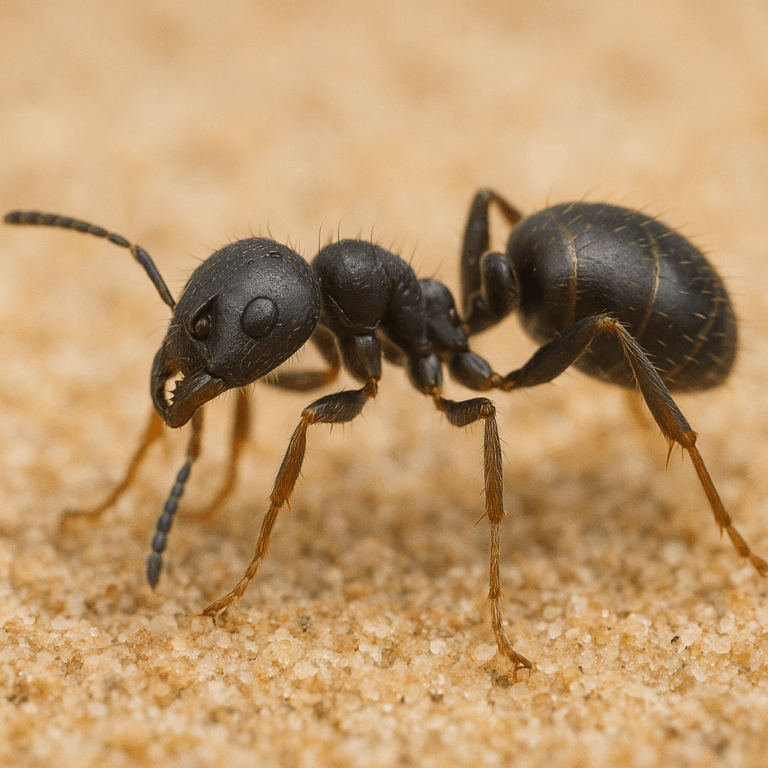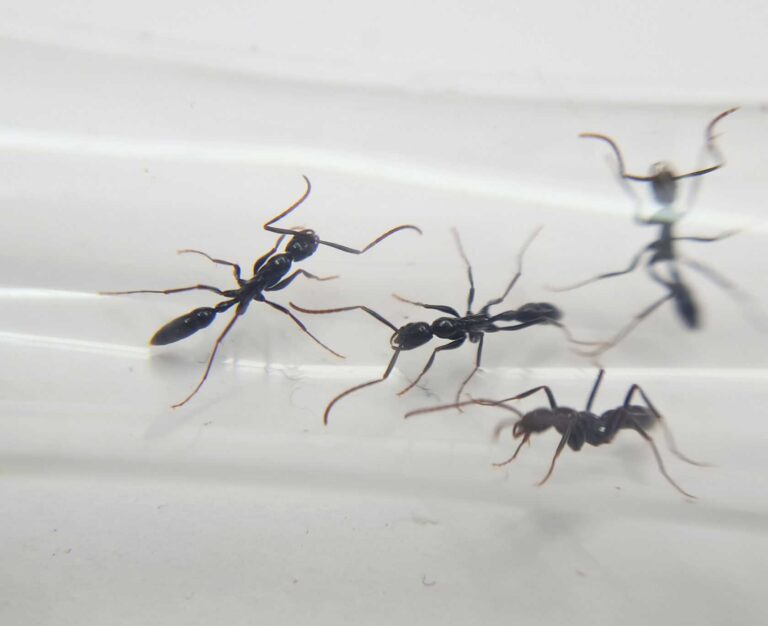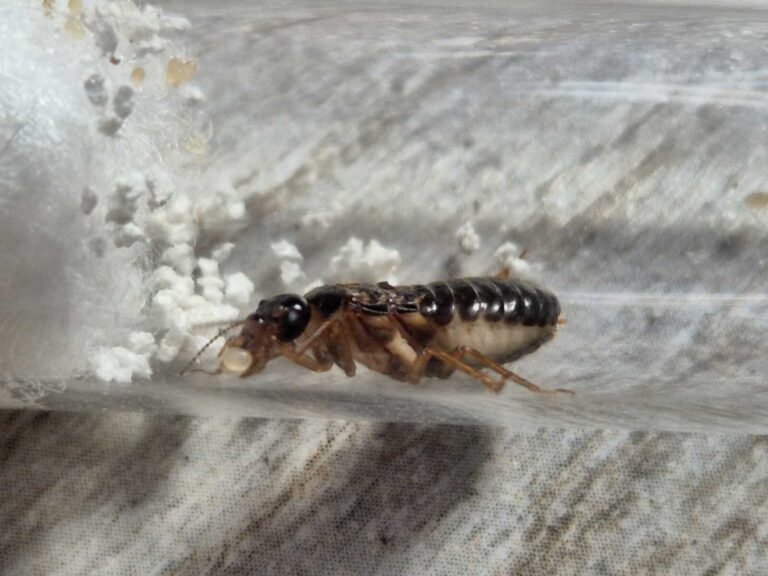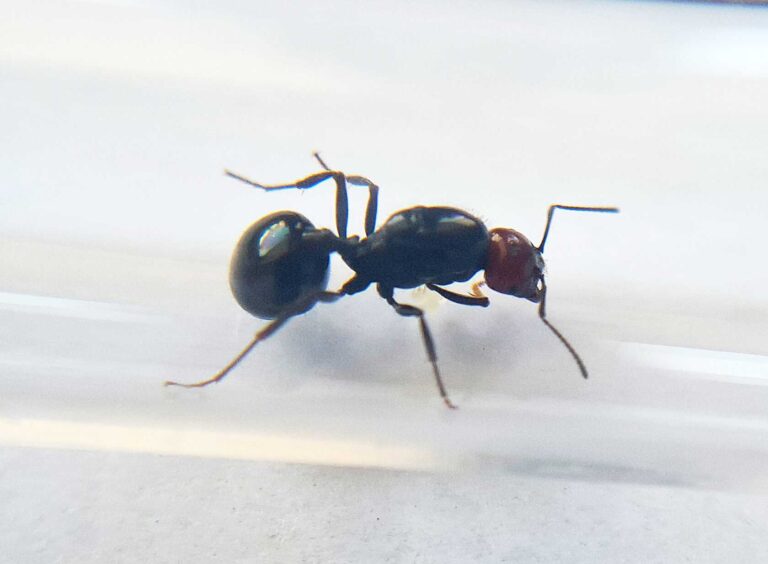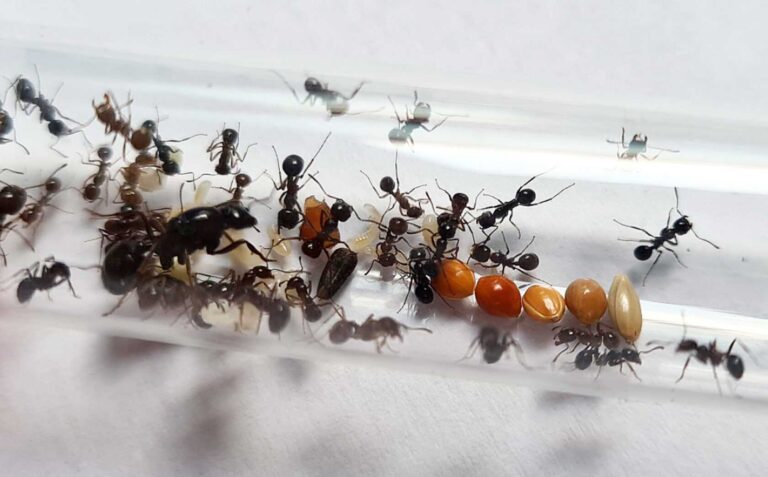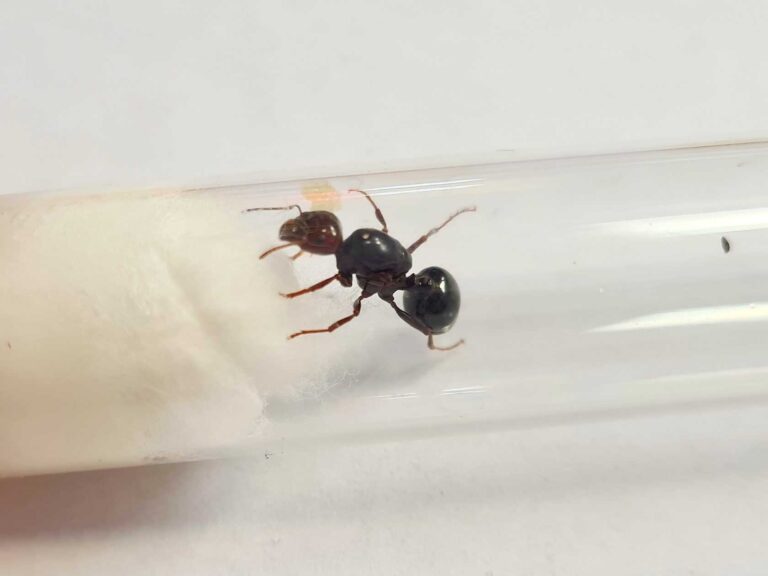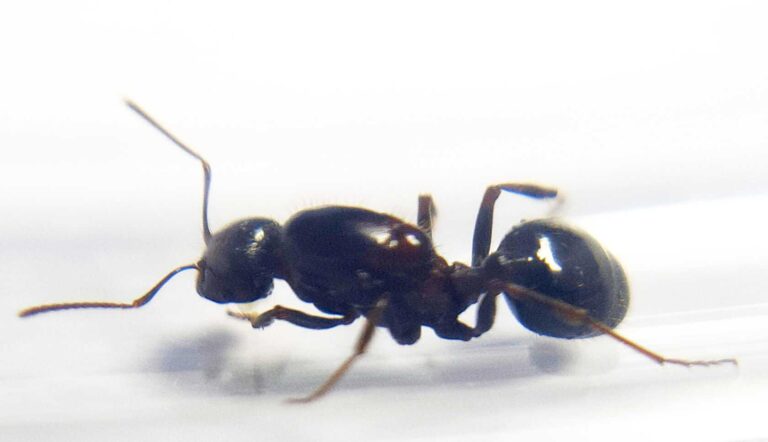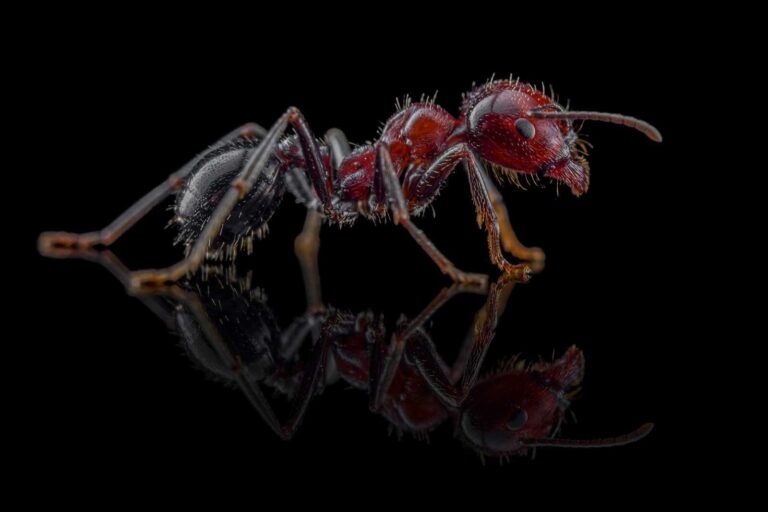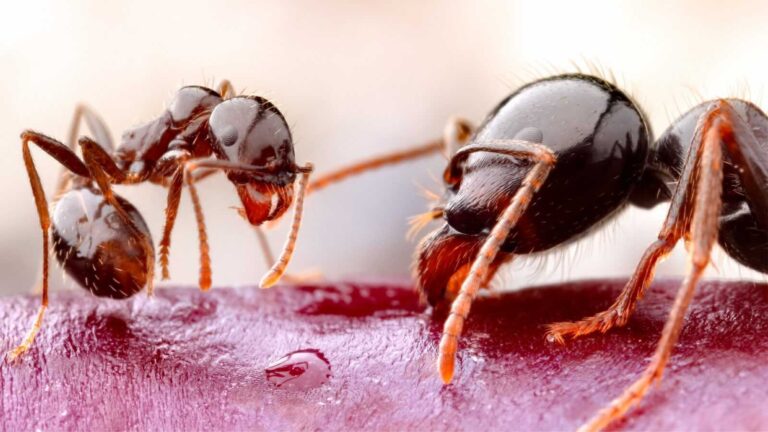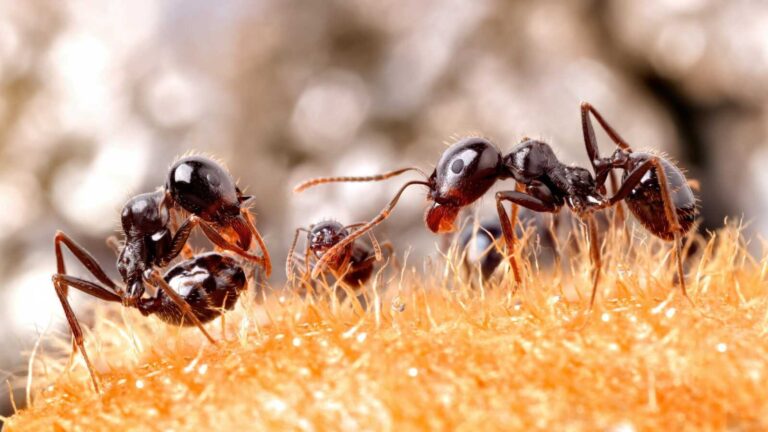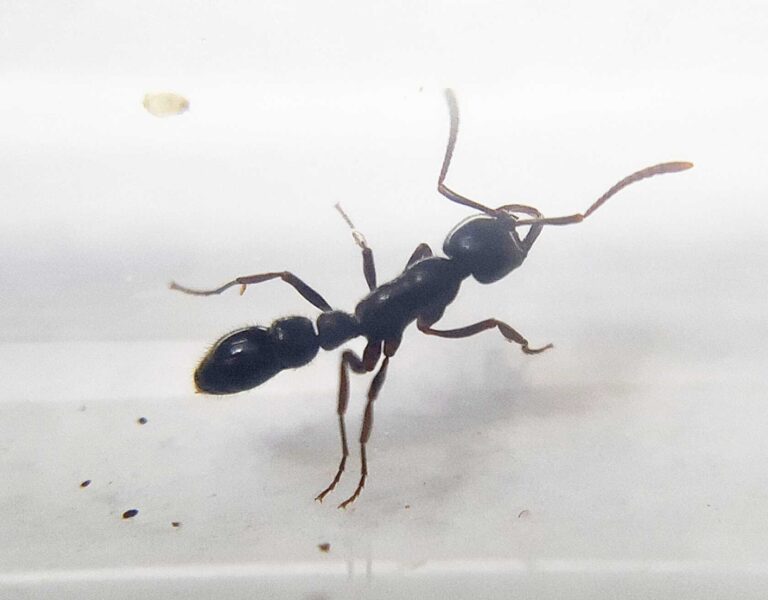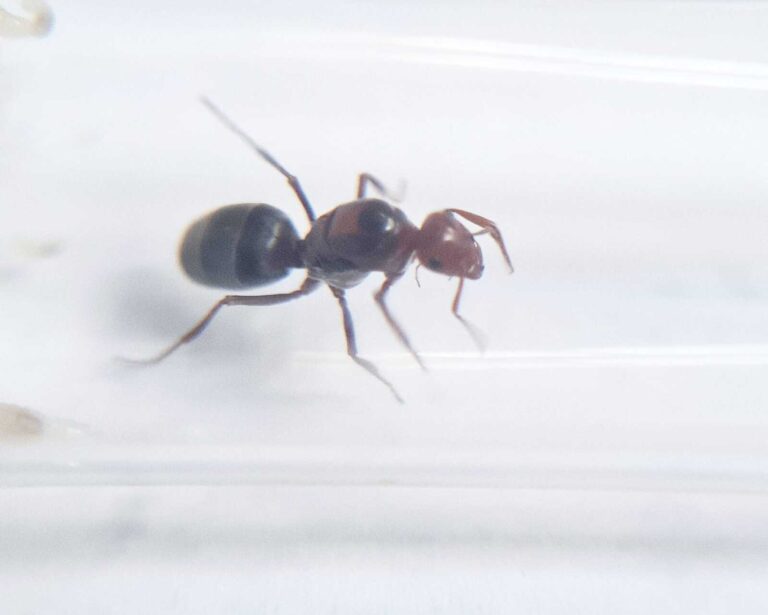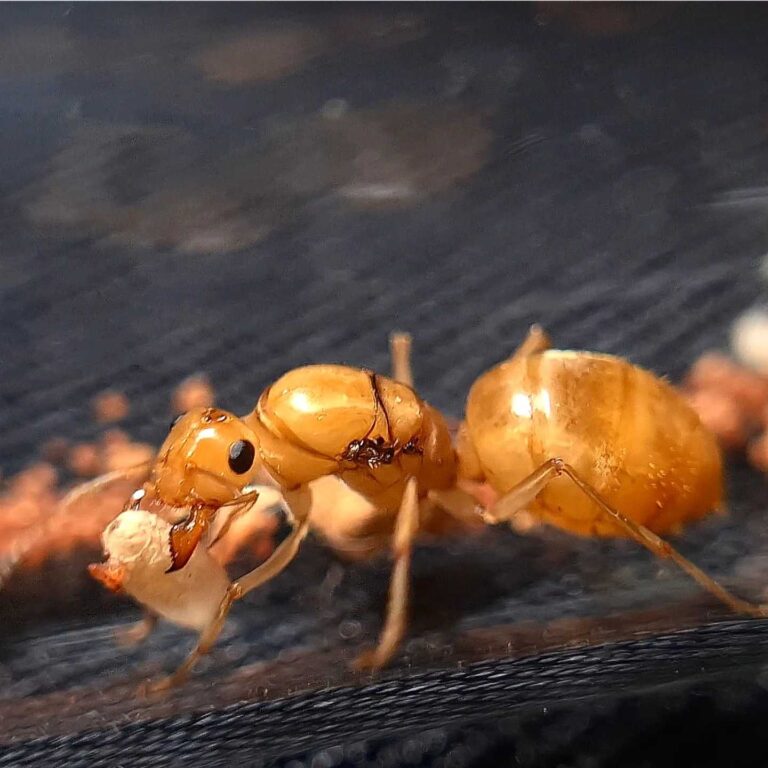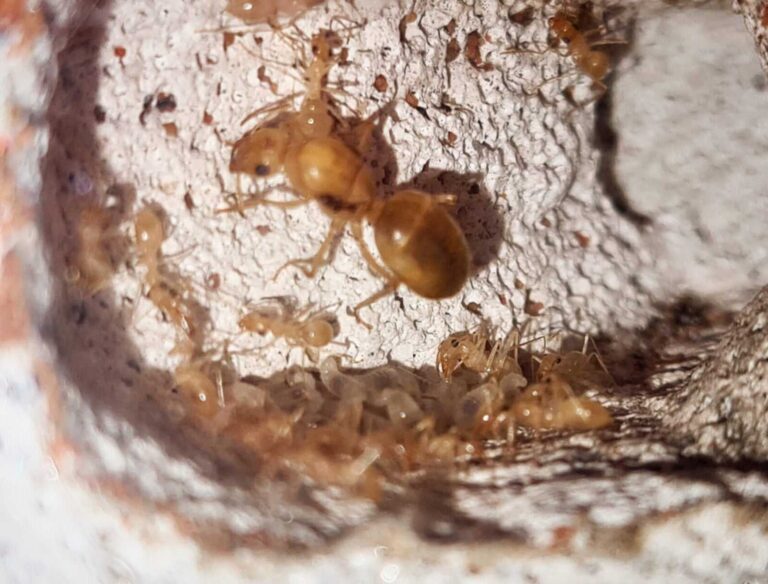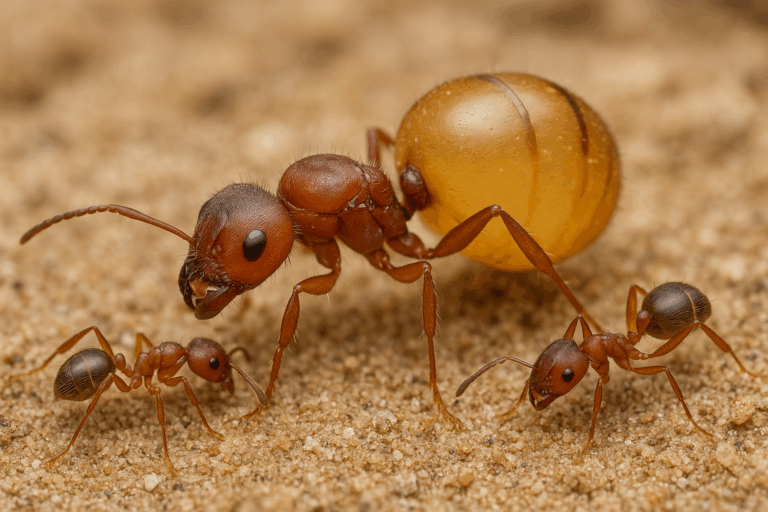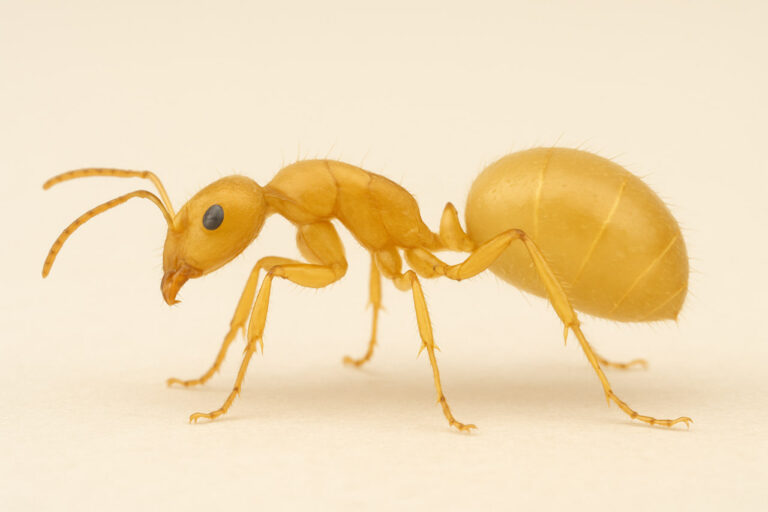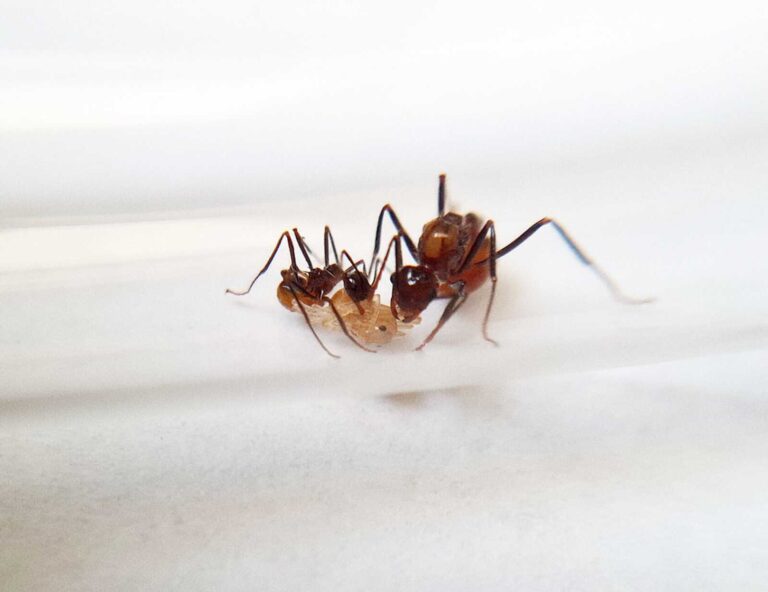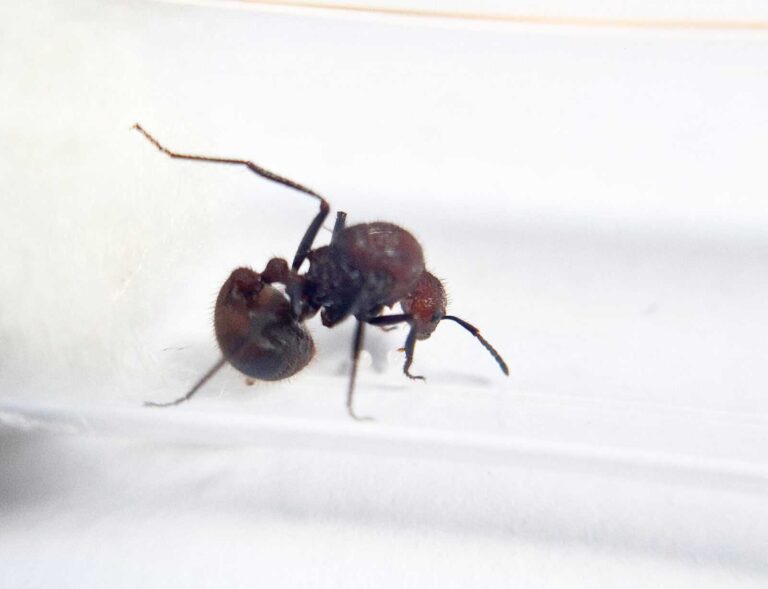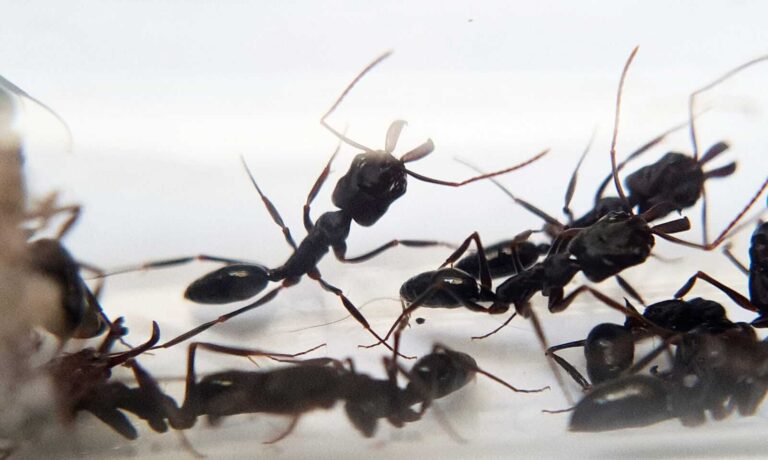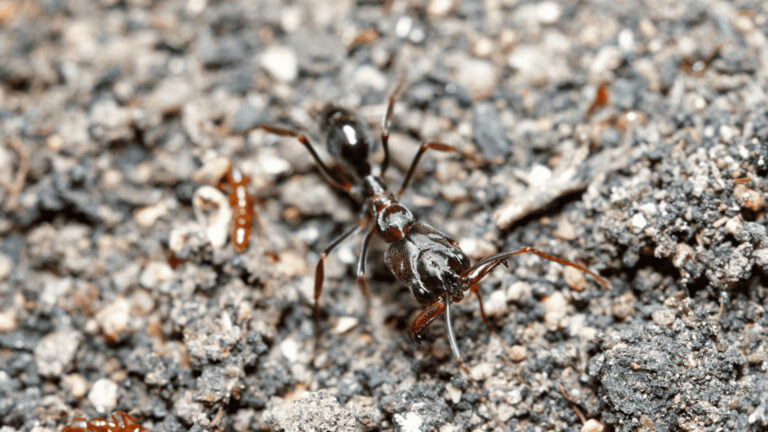Showing 101–120 of 159 results
- Queen 155
- Queen and 1-50 workers 2
- Queen and 1-3 workers 152
- Queen and 4-10 workers 153
- Queen and 11-20 workers 153
- Queen and 21-40 workers 153
- Queen and 41-60 workers 152
- Queen and 61-100 workers 90
- Queen and 51-100 workers 2
- Queen and 101-200 workers 8
- Queen and 201-500 workers 4
- Queen and 501-1000 workers 2
- 2 Queens 15
- 2 Queens and 1-3 workers 15
- 2 Queens and 4-10 workers 15
- 2 Queens and 11-20 workers 15
- 2 Queen and 21-40 workers 13
- 2 Queens and 41-60 workers 14
- 2 Queens and 61-100 workers 8
- 2 Queens and 101-200 workers 2
- 2 Queens and 201-500 workers 1
- 3 Queens 5
- 3 Queens and 1-3 workers 6
- 3 Queens and 4-10 workers 6
- 3 Queens and 11-20 workers 6
- 3 Queens and 21-40 workers 6
- 3 Queens and 41-60 workers 6
- 3 Queens and 61-100 workers 4
- 3 Queens and 101-200 workers 2
- 3 Queens and 201-500 workers 1
MicroMicro 13
SmallSmall 62
LargeLarge 73
HugeHuge 14
Lasius alienus is a species of ant commonly found in Europe and parts of Asia. It typically nests in soil, often under stones or in grassy areas. These ants are small, dark brown to black, and are known for their cooperative colony behavior. Lasius alienus plays an important role in the ecosystem by aerating soil and preying on small insects.
Leptogenys diminuta is a black ant species with monogynous colonies, consisting of up to 400 individuals. The ants have a medium development rate and the queen and workers are both 10-12mm in size. They require a diet of live insects and fruit, and prefer a humidity level of 50-70% in the arena and 60-80% in the nest. The temperature should be maintained between 22-28 °C in the arena and 21 °C in the nest.
Macrotermes cf. carbonarius is a species of large termites found in tropical regions. They are known for their unique characteristics and behaviors. The workers typically measure around 3-4 millimeters in size.
Messor angularis is a black ant with a bright red head. It forms monogynous colonies of up to 5000 workers. The queen measures 11-13mm, workers measure 4-7mm, and majors measure 8-11mm. They consume food insects and plant seeds, and require a humidity level of 30-50%.
The Messor ebeninus is a monogyny ant species with colonies that can have up to 5000 workers. They have a slow development rate and sizes ranging from 3-12mm. The ants are black in color and feed on food insects and seeds. They require a humidity level of 30-70% and a temperature range of 25-30 °C in their arena and nest.
Messor galla is a monogynous ant species with colony sizes of up to 10,000 workers. They have a medium development rate. The queen is 14-17mm in size, while workers range from 4-9mm and soldiers from 8-12mm. Their head and back are dark burgundy, with the rest of their body being dark in color. They primarily feed on plant seeds, food insects like cockroaches and crickets, as well as fruits and vegetables.
Messor instabilis is a monogynous ant species with colony sizes up to 5000 workers. They have a slow development speed. The queen is 10-13mm in size, workers are 3-7mm, and majors are 7-11mm. They have a dark color with a dark brown-red chest. Their diet consists of food insects like cockroaches and crickets, as well as seeds. They require humidity levels of 30-50% in the arena and 50-70% in the nest.
Messor minor is a species of ant that belongs to a monogynous colony type. The colony size is around 10,000 individuals and the development rate is considered medium. The queen measures 10-13mm in size while the workers range from 4-9mm. The ants have a red head and back with a dark body. They primarily feed on insects, syrup, fruit, vegetables, jelly, and cooked chicken without salt.
Messor minor hesperius bicolor is a medium-sized ant colony of monogyny with a population of around 10,000 individuals. The ants have a red head and back with a dark body. They feed on insect food like cockroaches and crickets, as well as seeds. The ants require a humidity level of 30-50% in the arena and 50-70% in the nest.
Messor muticus is a polyogynous ant species with a colony size of 5,000 workers. They have a moderate development rate and the queen measures 11-13mm, while workers and majors range from 4-7mm and 7-10mm, respectively. They have a brown to brownish-red color and feed on food insects, fruits, vegetables, and seeds. The humidity of their arena should be maintained at 30-50% and their nest at 70-90%.
Messor wasmanni is a monogynous ant species with a colony size of 5,000 workers. Their development rate is medium, with queens measuring 9-11 mm and workers measuring 3-8 mm. They have shiny black to black-brown heads and abdomen, dark red torsos, and mostly black males. They primarily feed on food insects and seeds, and require a humidity level of 30-50% in their arena.
Myopias sonthichaiae is a monogynous ant species that can have several hundred workers. They have a medium development rate and their workers are 9-11 mm in size with a black body and orange legs. They feed on food insects, fruits, vegetables, and syrup. They require a humidity level of 30-50% in the arena and 50-70% in the nest.
The Myrmecocystus mendax ant colony is polygynous, with a colony size of 10,000 workers. They have a medium development rate and range in size from 10-12mm for queens and 4-8mm for workers. They are reddish in color with a black back. They feed on food insects, fruits, vegetables. The recommended humidity for their arena is 40-60% and for their nest is 50-70%.
Myrmecocystus navajo is a monogynous ant species with a colony size of 10,000 individuals. They have a medium development rate and their queen is 11-12mm in size while workers are 4-8 mm. They are yellow in color and their nutrition consists of food insects, fruit, vegetables, and syrup. The humidity levels for their arena and nest should be maintained between 40-50% and 50-70% respectively, while the recommended temperature for their arena is 24-30 degrees Celsius.
Myrmecocystus romainei is a rare, monogynous ant species native to arid regions of the southwestern United States. It is notable for its honey pot workers (repletes) that store liquid food in their swollen gasters. The queen measures around 11–12 mm, and workers range from 4–8 mm. This species typically shows a reddish to tan coloration, with a darker gaster. Like other Myrmecocystus, it thrives in warm, dry environments and has a medium development rate.
Myrmecocystus testaceus is a monogynous ant species with a medium development rate. Queens typically measure 11–12 mm, and workers range from 4–8 mm. This species is distinguished by its lighter, yellowish to orange-tan coloration (hence the name testaceus), often with a contrasting darker gaster. Like other Myrmecocystus species, it features honey pot workers (repletes) that store liquid food in their distended abdomens.
The Myrmicaria birmana is a polygynous ant species with a colony size of up to 10,000 workers. They have a medium development rate and the queen measures 10-13mm while the workers measure 5-8mm. These orange-colored ants feed on food insects, syrup, fruits, vegetables, jelly, and cooked chicken without salt.
Myrmicaria natalensis is a monogynous ant species with a medium-sized colony of up to 10,000 individuals. The queen measures 12-14mm, while workers are 5-8mm. They have a reddish color with a black abdomen. Their nutrition includes food insects, syrup, fruits, vegetables, jelly, and cooked chicken without salt.
Odontomachus aciculatus is a polygynous ant species with a colony size of up to 500 workers. They have a medium development rate and are about 10-13mm in size. The ants are black-black-brown in color with brown legs. They feed on food insects like cockroaches and crickets, as well as sweet fruit. They require humidity levels of 60-70% in the arena and 60-80% in the nest. The optimal temperature for their habitat is not specified.
The Odontomachus bauri ant species is a polygynous colony with a size of up to 500 workers. They have a medium development speed and the queen and workers range from 10-12 mm and 10-11 mm in size respectively. The ants are brown in color with golden to reddish brown legs. Their diet consists of food insects and sweet fruit. They require a humidity level of 50-70% in both the arena and nest, and the temperature should be comfortable for their survival.


